Chevrolet has been talking about building a mid-engined Corvette for years—decades, even—but we’ve had to wait until 2020 for the idea, the dream, the concept, to become a production reality. You might think this landmark mid-engined model’s arrival would herald a whole new naming strategy, but no. It’s simply the next-generation Corvette, so it’s the C8. The same applies to all the models so far unveiled by the company. The base car is the Stingray, the performance pack is the Z51. And so on.
But don’t think this car bears any relation whatsoever to the C7 it replaces in anything other than name. The C8 is to the C7 what champagne is to Mountain Dew—a completely different product with a totally different performance offering. Where the C7 rips and snorts its way down the road, the C8 is a pool of quiet, almost silent calm. When you speed up, the C7’s brutish, sometimes wayward mix of under- and oversteer is replaced in the C8 by a delicate mix of crystal-clear, swift, and linear responses that make the ’Vette’s behavior far more accurate. It’s a better car, no question.
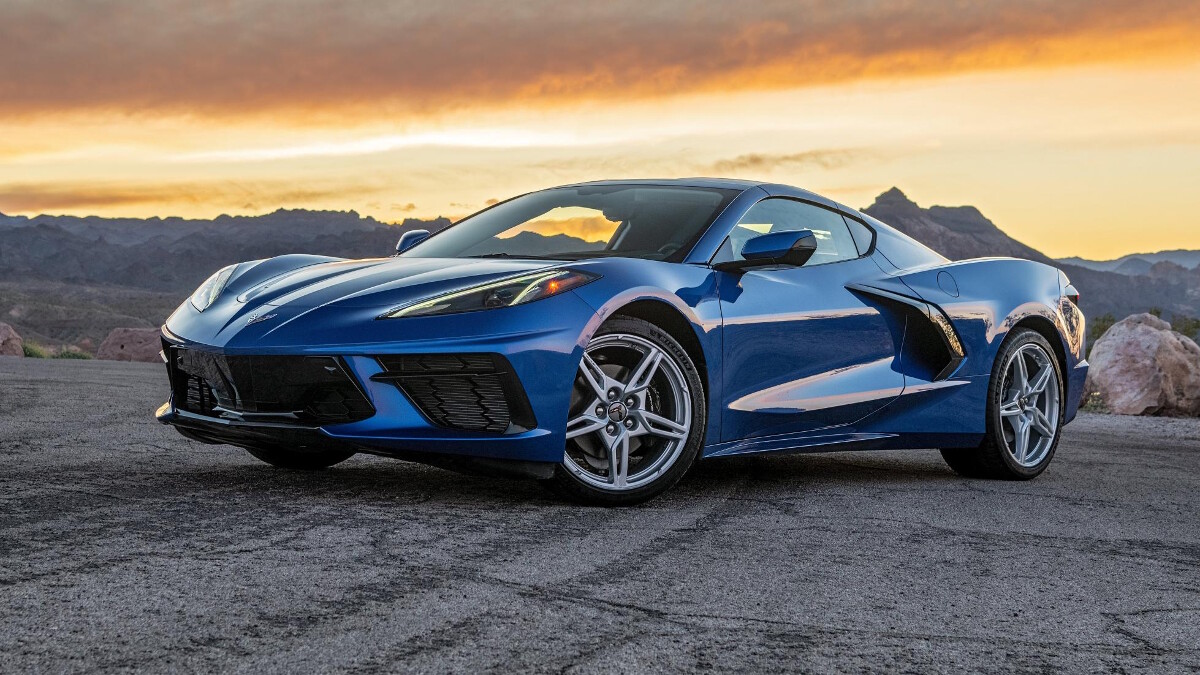
But is it a better Corvette? That is one of the questions we have to answer here. If a Corvette is supposed to have muscle-car manners and noise yet offer supercar performance, then I suggest it isn’t. Something has been lost, some of it bad but also some good. Then again, everything needs to progress and will always—well, nearly always—lose some of the original charm. Look at the uproar that happened when Porsche had the nerve to water-cool its engines in the ‘hated’ 996. By the numbers, that was a better, more capable car than the 993 it replaced. But just look at which ones are worth more today to find out how the market voted. Clue: It ends in 3.
Should you rush out and buy a C7 now while you still can? Actually, no. Because we’ve only just started with the C8 and there’s plenty more to come from this model. The engines will only get stronger. The quality is already on another level, too. So, give it a moment and let’s see how the C8 develops.
On the road
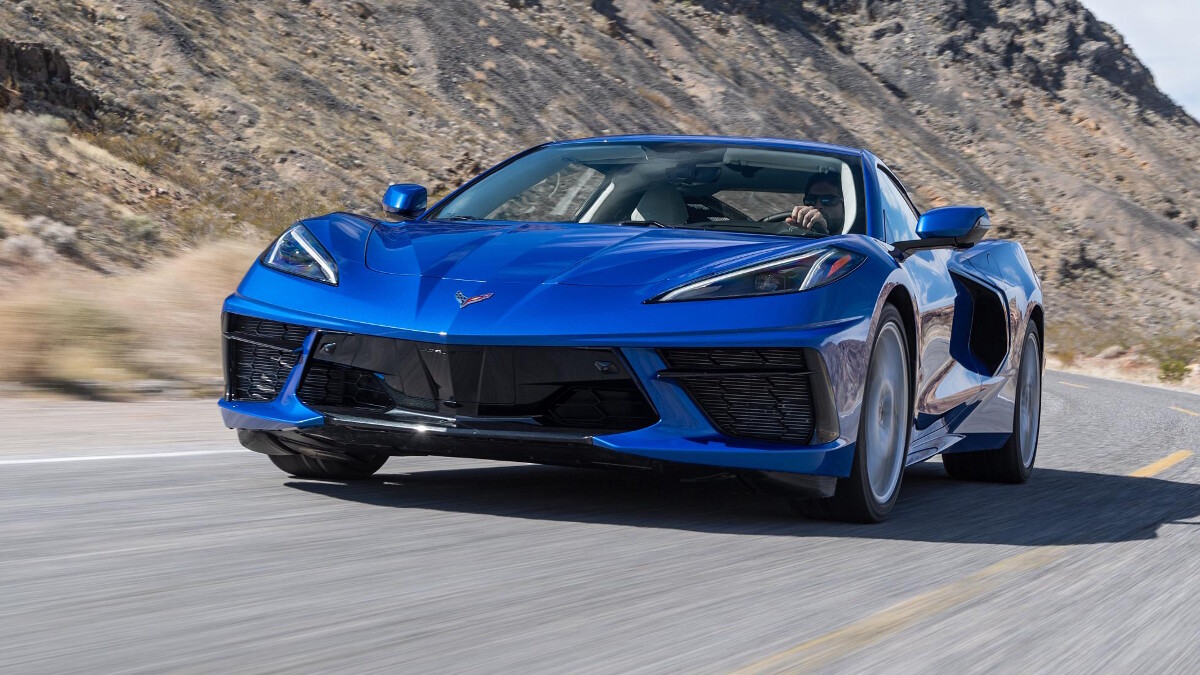
It would be hard to overstate the difference between the C7 and C8 on both road and track. On the street, in any of its six driving modes, especially when fitted with the sublime but optional active damping system, the C8 smoothes and soothes away all but the worst road irregularities and sounds. It’s almost too quiet, the engine a faint voice of light mechanical action instead of the rousing, grumbling soundtrack we have come to expect from Chevy’s supercar. The loudest noise at 110kph is the wind and a smattering of tire roar.
All the controls, from the steering to the by-wire brakes, are light to the touch—not Ferrari-light, but lighter than ever before in a ’Vette—requiring fingers and toes rather than fists and feet to operate. The seats, especially the new-for-C8 GT2 variants, cradle you in such a way that there are no obvious pressure points, so they remain comfortable hour after hour. Put all that together and mix in an engine that will return 10.6km/L with ease, and the C8 emerges as one of the best GT cars you can buy.
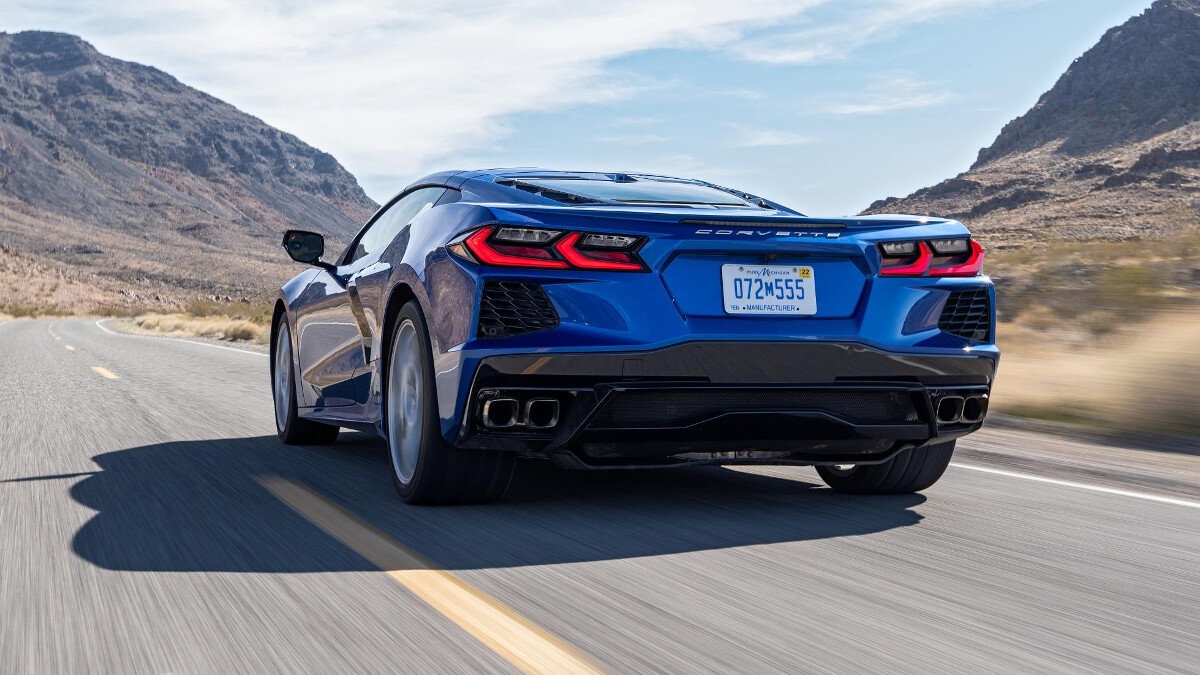
While all the above points to a car that could be too soft and silent to be any fun on the track, one twirl of the mode switch and a couple of prods of the chassis controls turn it from a mild-mannered sheep to a slathering wolf. True, the engine noise in the cabin could—and should—be louder, but other than that, the C8 leaves you in no doubt it’s ready to party.
But maybe not quite in the way you were expecting. With a weight distribution of 60/40 rear to front, the C8 does not rotate and stick as neutrally as the mid-engined Porsche Cayman does. It feels more like a 911 in that you have to give away some corner entry speed, then power out using all the rear grip. The steering is much faster—the car responds to inputs 200 milliseconds quicker than a C7 can, which is an age in reaction time—and requires fewer corrections to stay on your chosen line. But it lacks the ultimate feel of a 911.
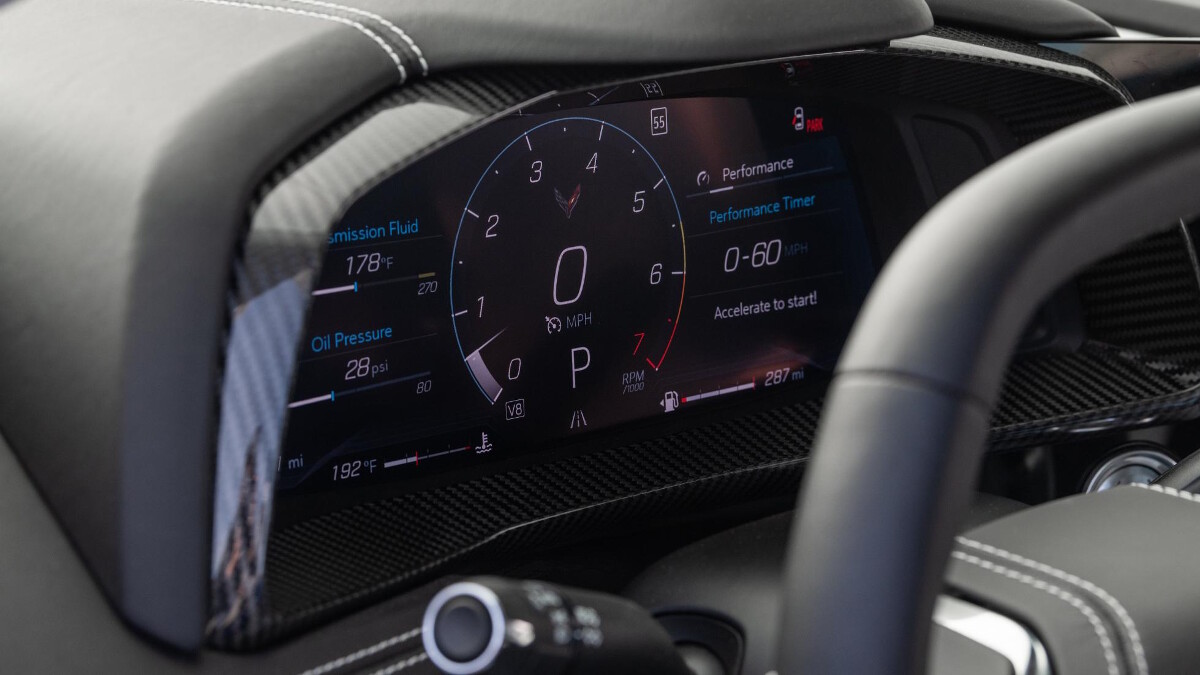
It’s still a rewarding and enjoyable experience that is a world away from the C7’s dynamics. And, in a true test of the chassis, it stays that way even when you’ve turned off all the handling aids. You can’t say that with the C7, particularly the Z06, which is fine one moment and will try to fling you into the bushes the next if you are stupid enough to drive it fully unaided. So, that’s progress. As is the raising of the C8’s thermal ceiling from the C7’s 32 degrees to 38 degrees Celsius. Cooling has been a recurrent issue on the C7, so Chevy has made sure to address it on the C8.
Braking by wire with the steel rotors doesn’t have a huge amount of pedal feel or a surfeit of power. But they are more than sufficient for road use and fine on the track once you’ve gauged their range. The limiting factor is as much the Michelin 4S tires as the brakes themselves, though, as you can get to full ABS quite easily braking hard from 130kph or more.
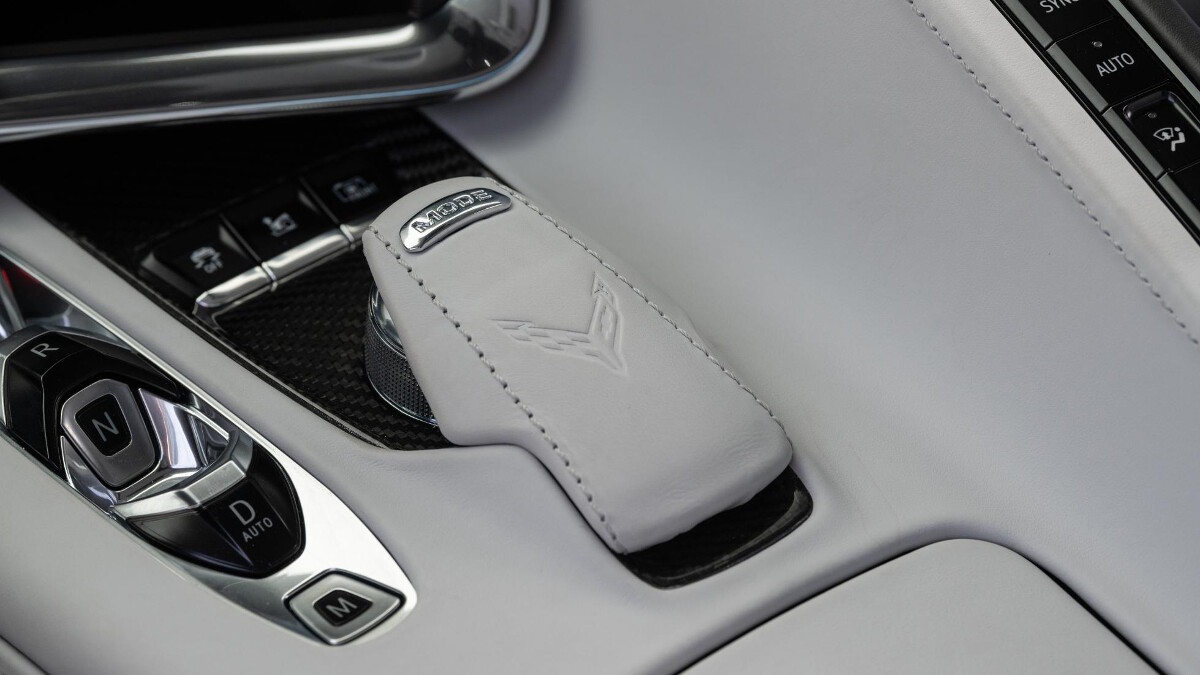
The Tremec dual-clutch gearbox is also more than fine in 99% of driving situations. It did reject a couple of manual downshifts on a couple of corner entries at the track, but it was otherwise perceptive enough to leave in Track mode. It’s not quite as spookily good as Porsche’s PDK, but it’s close.
The lasting impression of the C8 is of a car with a driving signature unlike any other car, front-, mid-, or rear-engined. It’s better-handling, faster, quieter, safer, and easier to use than the C7, yet it still demands you to drive it in a way unique to the Corvette. Make confident, deliberate inputs and you’ll be rewarded with a rapid, predictable car that will work with you to go as fast as possible. But start changing your mind mid-corner and you’ll still have to get busy with the wheel and both pedals to keep it pointing forward. It’s not unnerving, but it does let you know when you are messing up, rather than using tech to hide your mistakes. And that’s a good thing.
On the inside
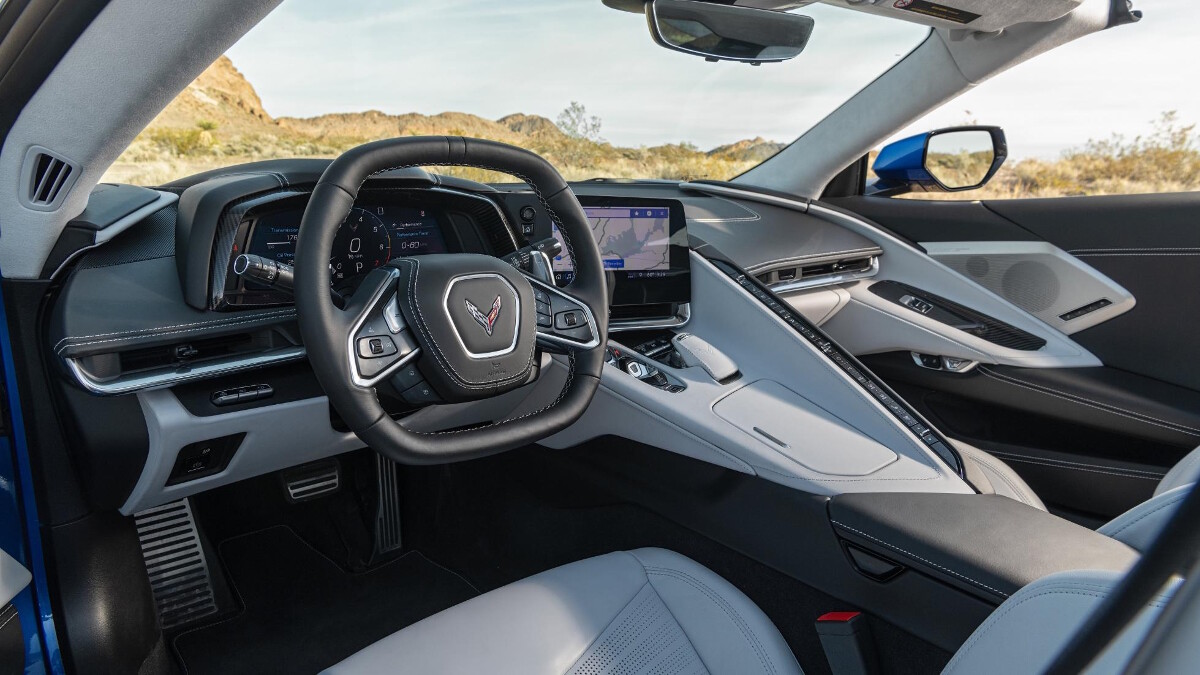
If you are the driver of the C8 ’Vette, the cabin is a focused, info-rich place to be. The configurable dash contains all the relevant info in proper modern graphics—a big improvement on the C7—and the optional head-up display lets you focus on the road. It’s all very fighter-jet-ish as you feel cocooned thanks to the large swathe of HVAC switches between the driver and passenger compartment. The odd-shaped steering wheel makes sense once you are seated, too. The flat top frames rather than obscures the instruments, while the flat bottom gives your legs more room. Lots of wins there.
Another is the improved quality of materials throughout. That’s another huge leap forward over the C7. Elsewhere, there are three types of seat available—base, GT2, and Competition. We drove cars with the latter two, and they are as good if not better than most other supercar seats we have sat in. And there are numerous extras you can spec—a wireless smartphone charger is a small but nice touch, as is the axle lift with GPS memory for up to 1,000 different locations, and, if you hate the sound of a curbed wheel as much as us, the front-curb-view HD camera.

But the cabin is not perfect. That sweeping bank of switches that makes the driver feel so cozy seems like a half-built border wall when you are sitting in the passenger seat. And, in the absence of a hero handle, passengers use it to steady themselves when the car is cornering hard. This can wreak havoc with all the cabin heat and cooling settings. So, if you suddenly feel a surge of heat in your seat after a sprint in the car, don’t worry— that’s probably why.
Running costs and reliability
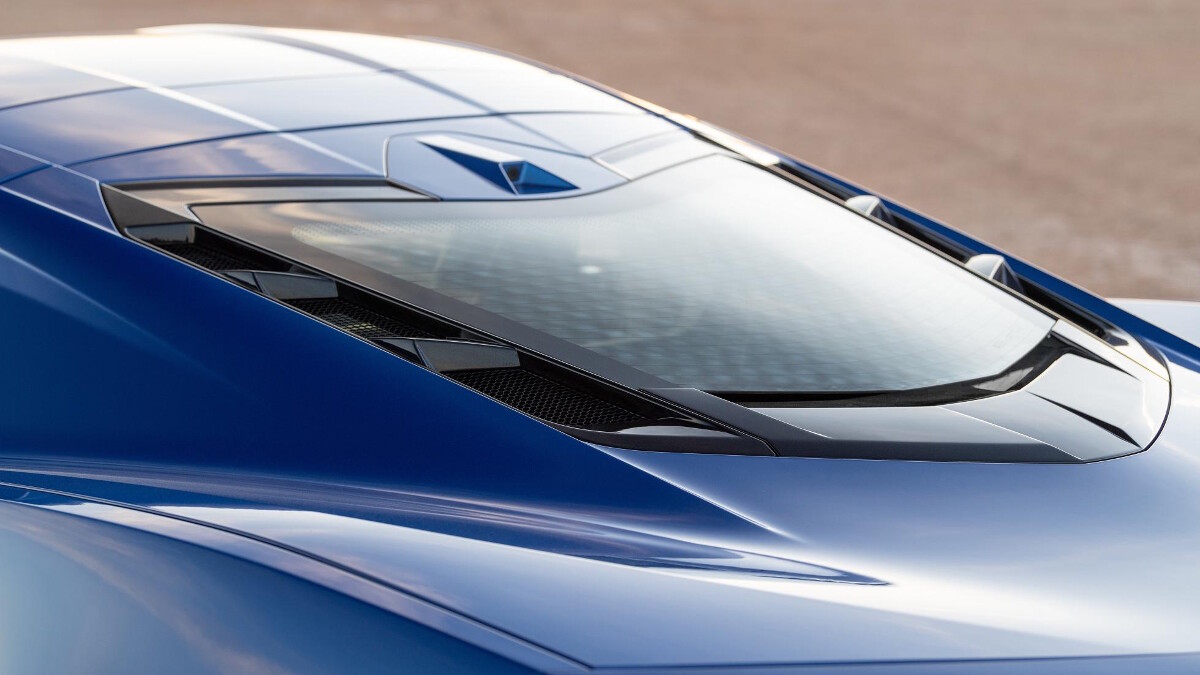
Corvettes have always been easy to live with and the C8 is no different. Despite offering a top speed of over 306kph and a 0-60mph (97kph) time of under three seconds, it can easily return over 8km/L and has enough luggage-carrying ability in its front and rear storage compartments to almost rival a regular sedan. You do lose the rear space when the roof panel is detached and stored, but it’s still surprising how much stuff the C8 can hold. For a sports car.
The dry-sumped LT2 engine is based on a tried-and-tested formula, so there’s nothing to worry about there. Servicing will be simple and inexpensive. And the small touches like the smart axle lift system and the heated and cooled seats are the sort of thing—along with no unexpected monumental bills to pay as with some exotics—that will make owning a C8 in all weathers a pleasure.
Final thoughts
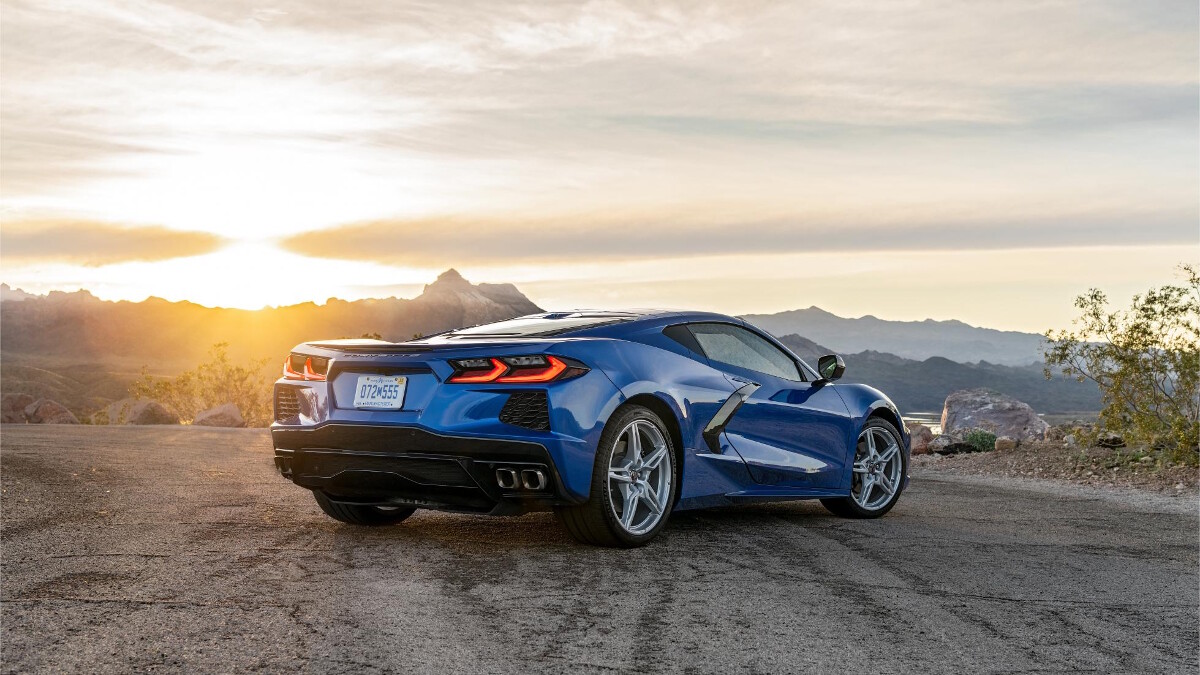
We might have had to wait for decades, but after our first session with the C8 on road and track, the wait has been more than worthwhile. On top of all the performance we were promised, it also has a character that was unexpected but very welcome. It’s not like the previous Corvette, but it’s also not like any other car you can buy today. It still costs muscle-car money and gives you supercar performance, but now it just doesn’t make you work quite so hard to access it. And it’s all the better for that, whatever the diehards might say.
In Z51 form, nothing comes close to the performance for the money. But tick a swathe of options and it climbs into the beginning of 911 territory, which makes you think about which one you’d buy. At that price, it also draws comparisons with the new Ford Shelby Mustang GT500. But you should ignore those.
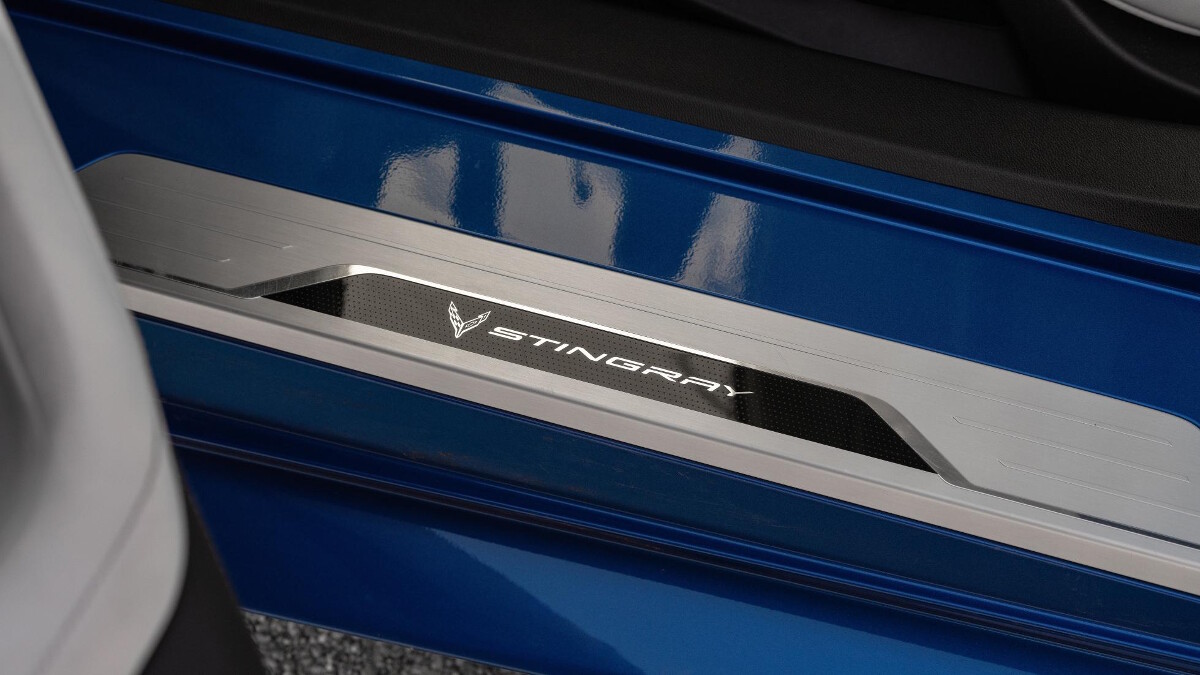
The GT500 is the finest muscle car you can buy today, and an extraordinary track weapon. But, while the performance numbers might look similar, the C8 is a completely different type of car with a unique character and responses. Both are equally impressive, just in their own ways. It’s like arguing over whether Indian or Chinese food is better.
The one major area the C8 does over the GT500 is global availability. While the big Mustang is a US-only model, as of 2021, the C8 will be sold around the world. That will be the true acid test of how the C8 stacks up—taking on the world’s best in their home markets. Will it win? We are looking forward to finding out.
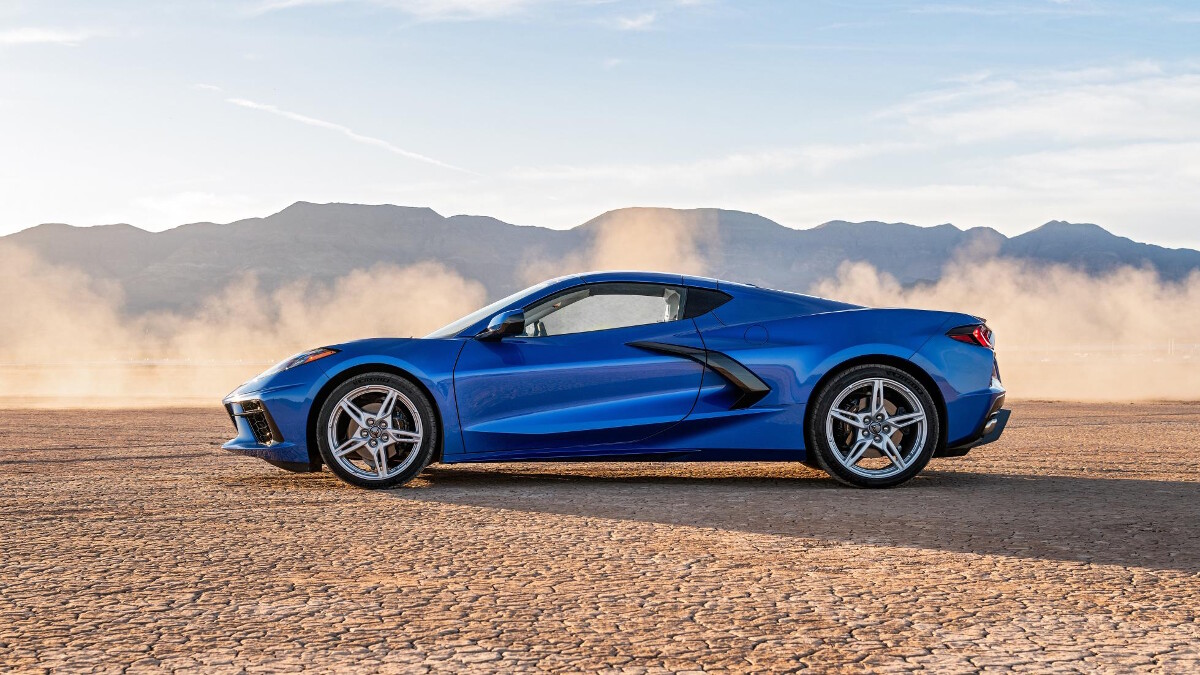
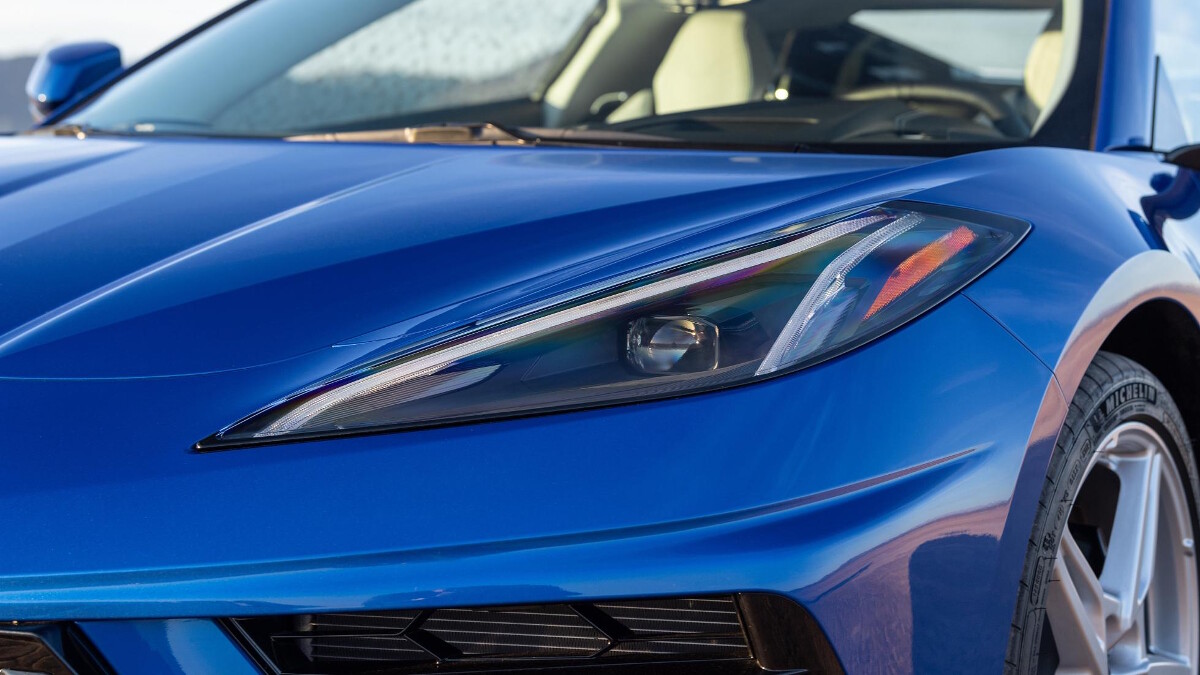
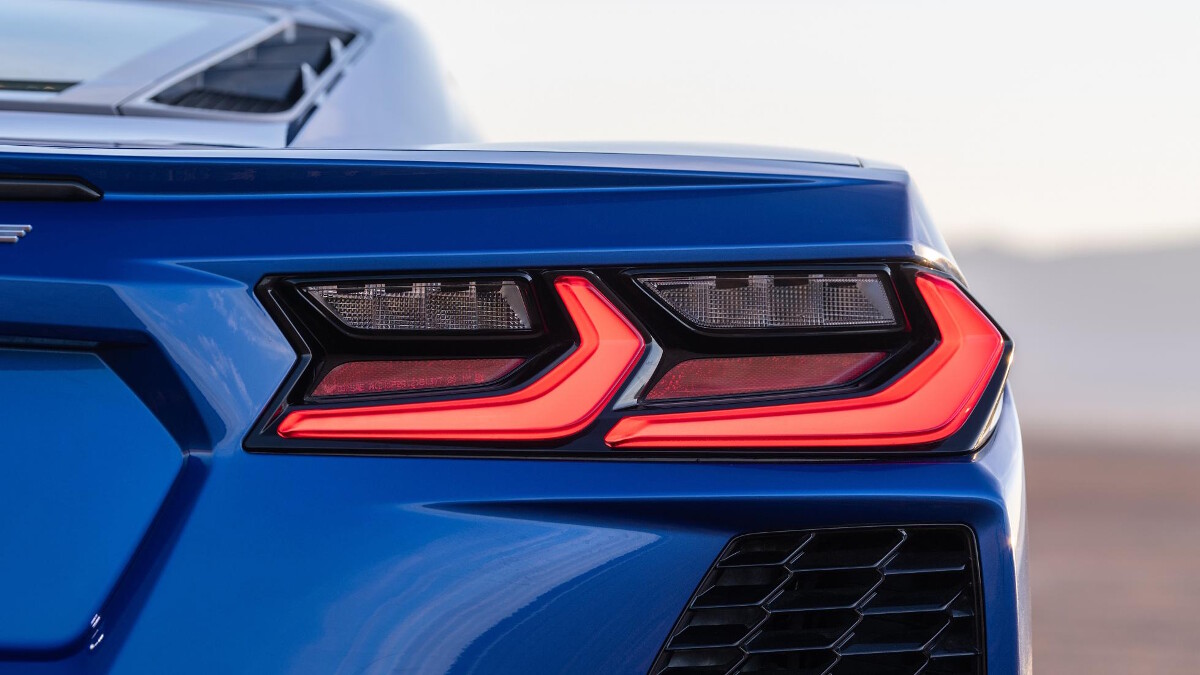
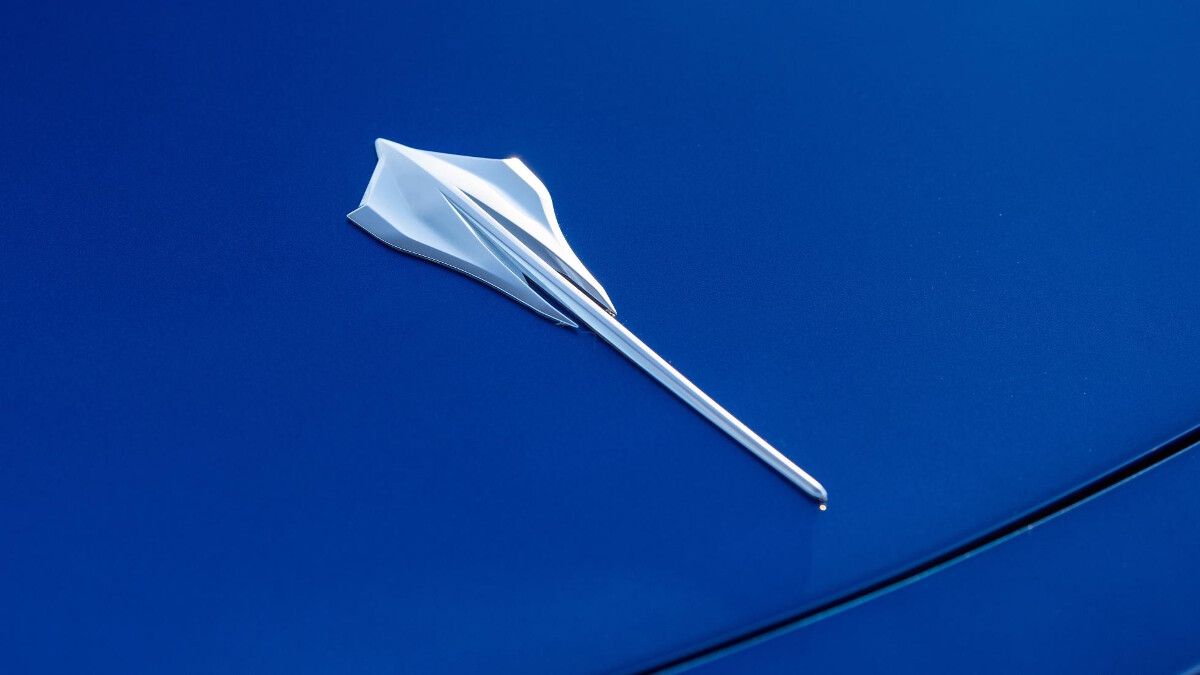
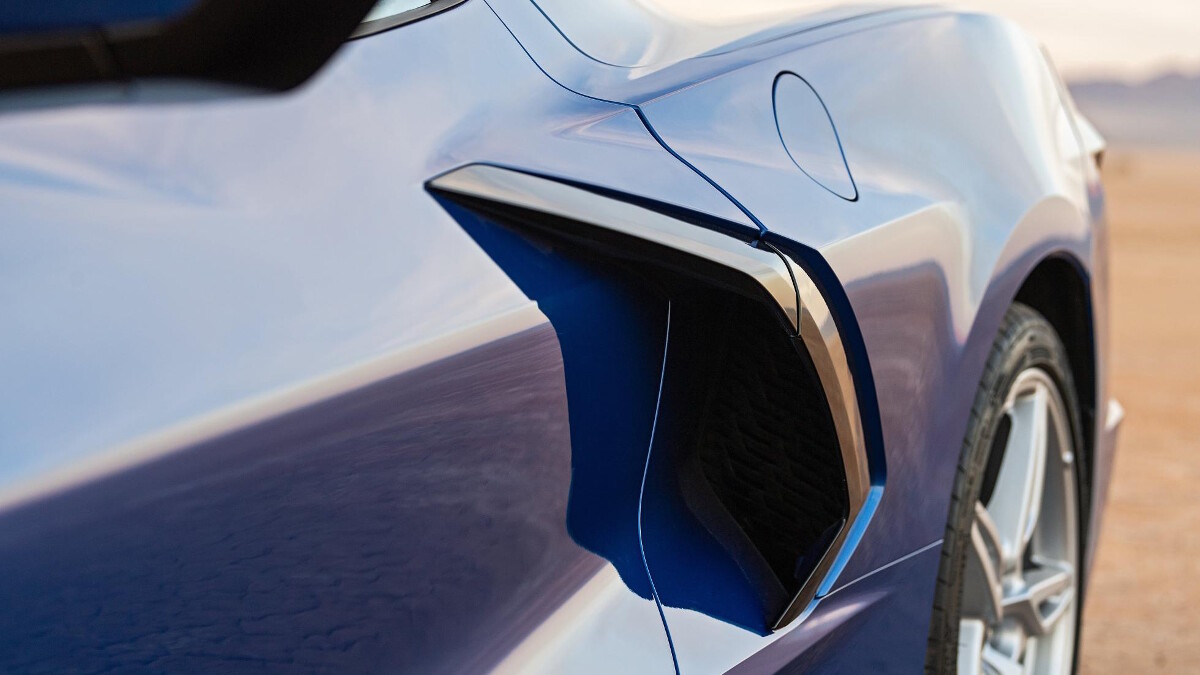
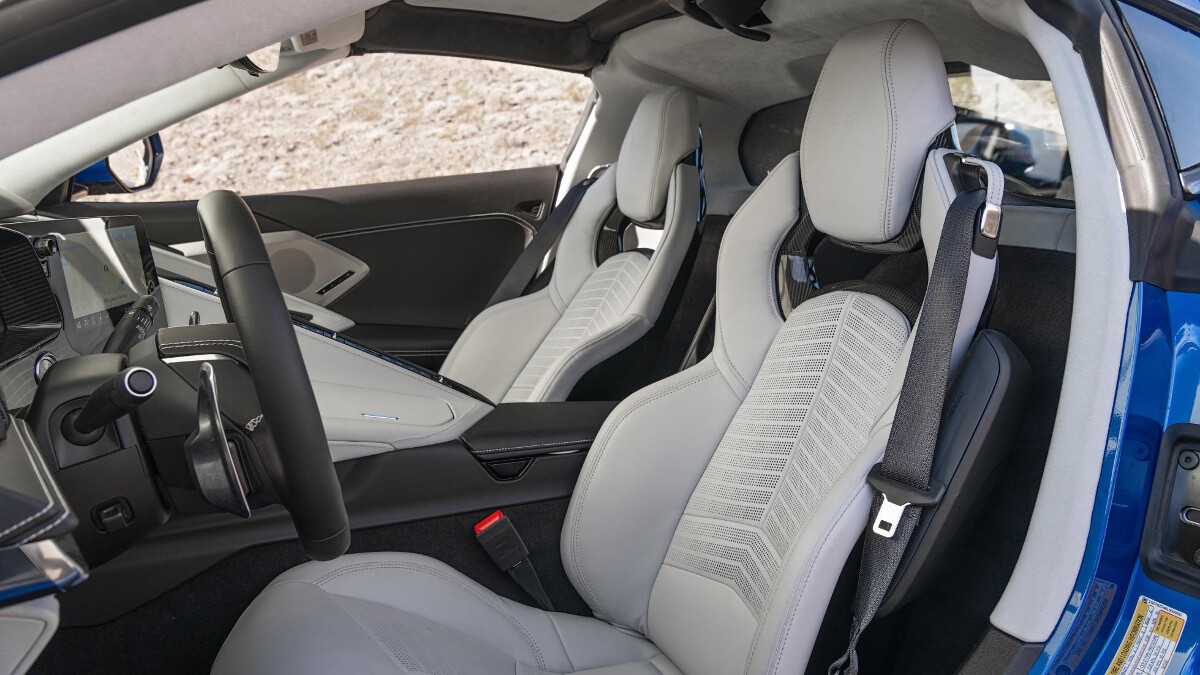
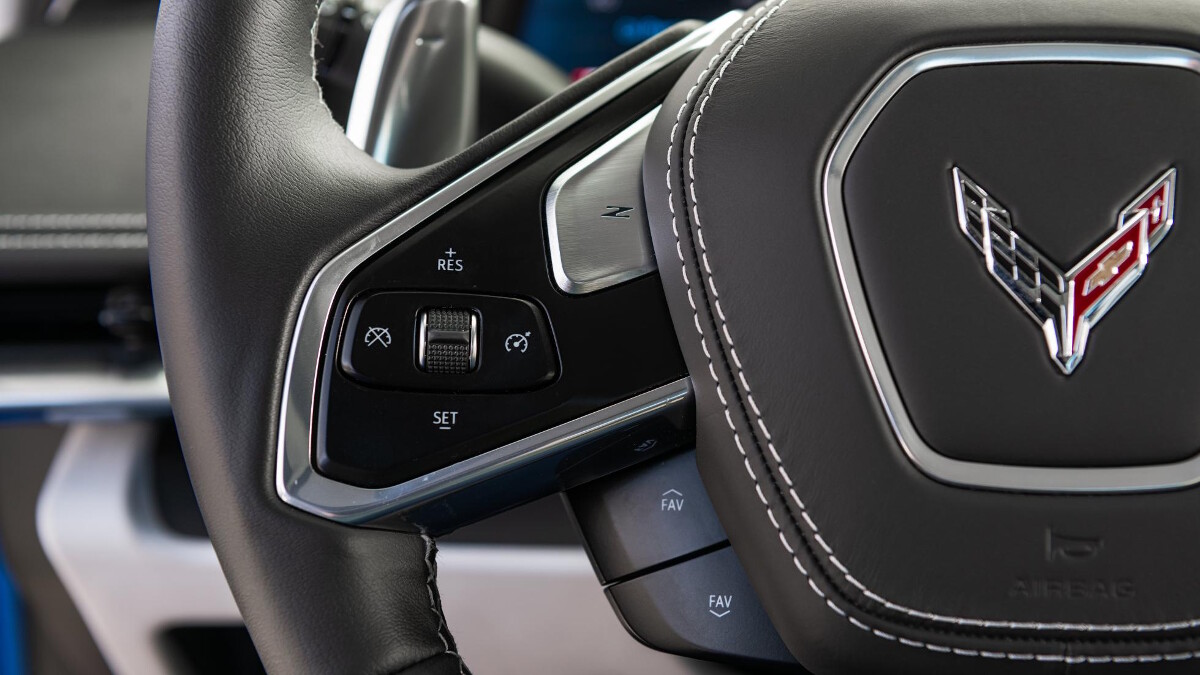
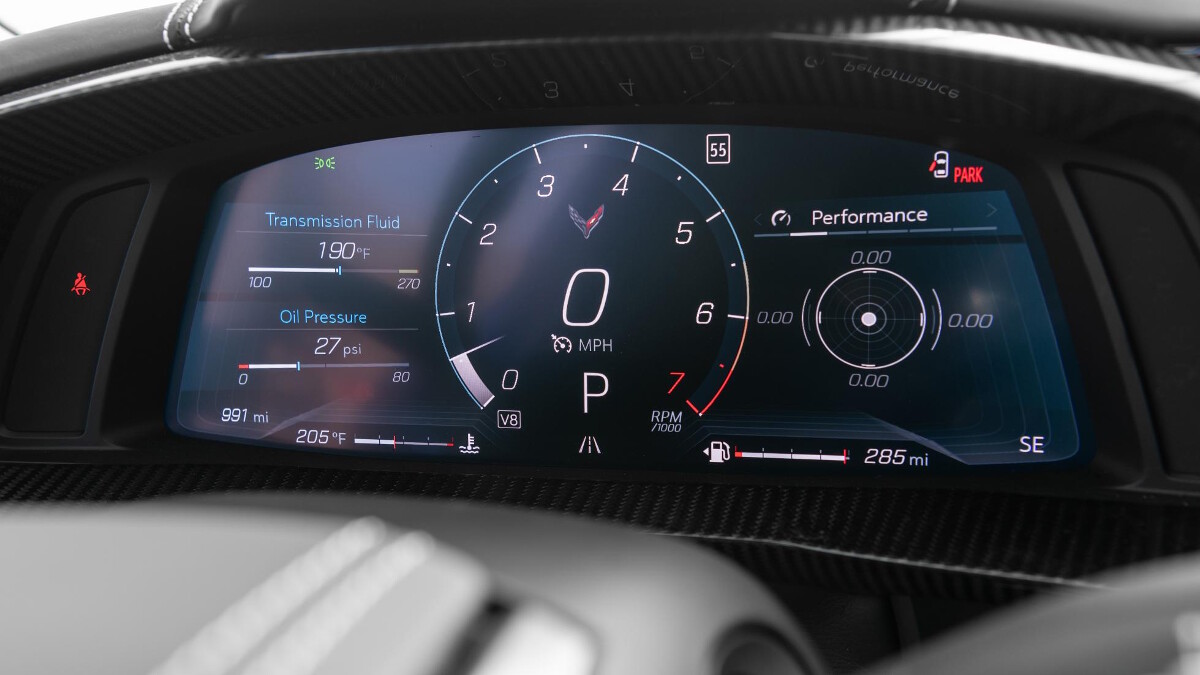
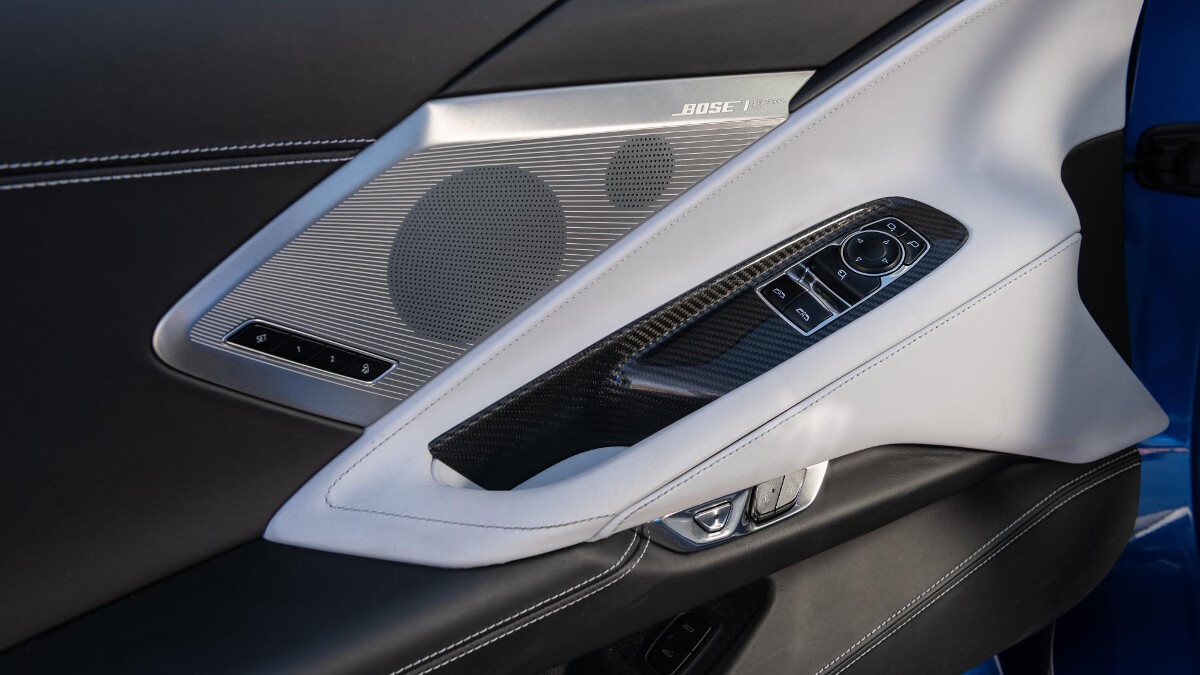
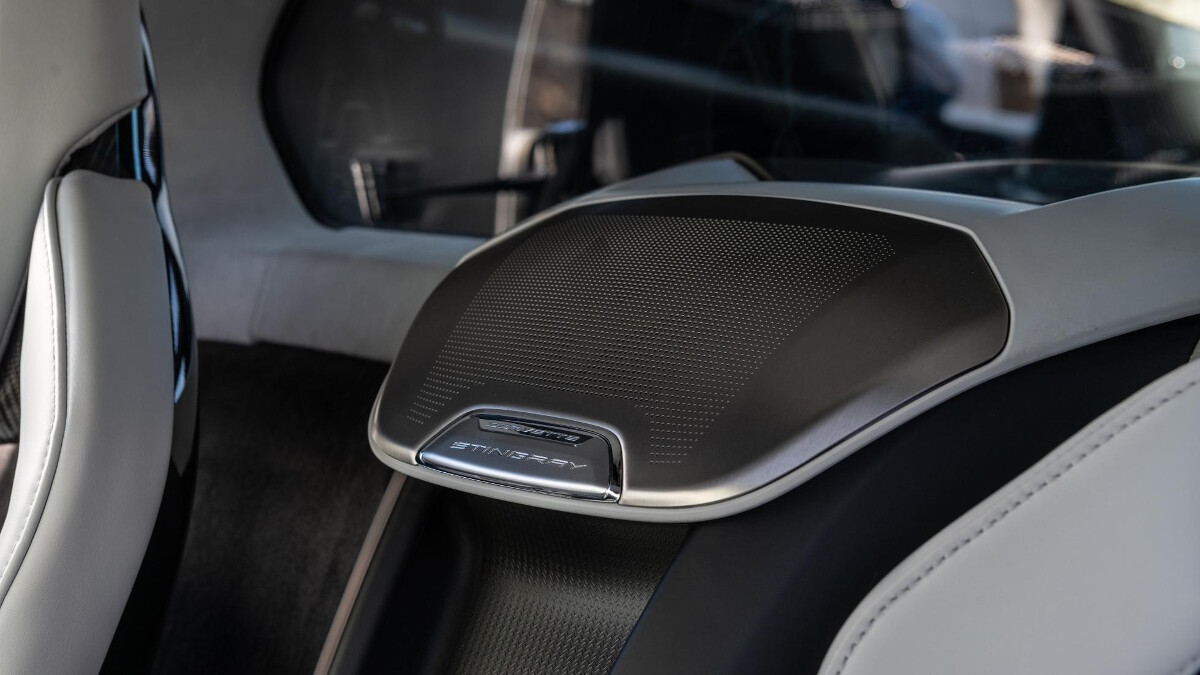

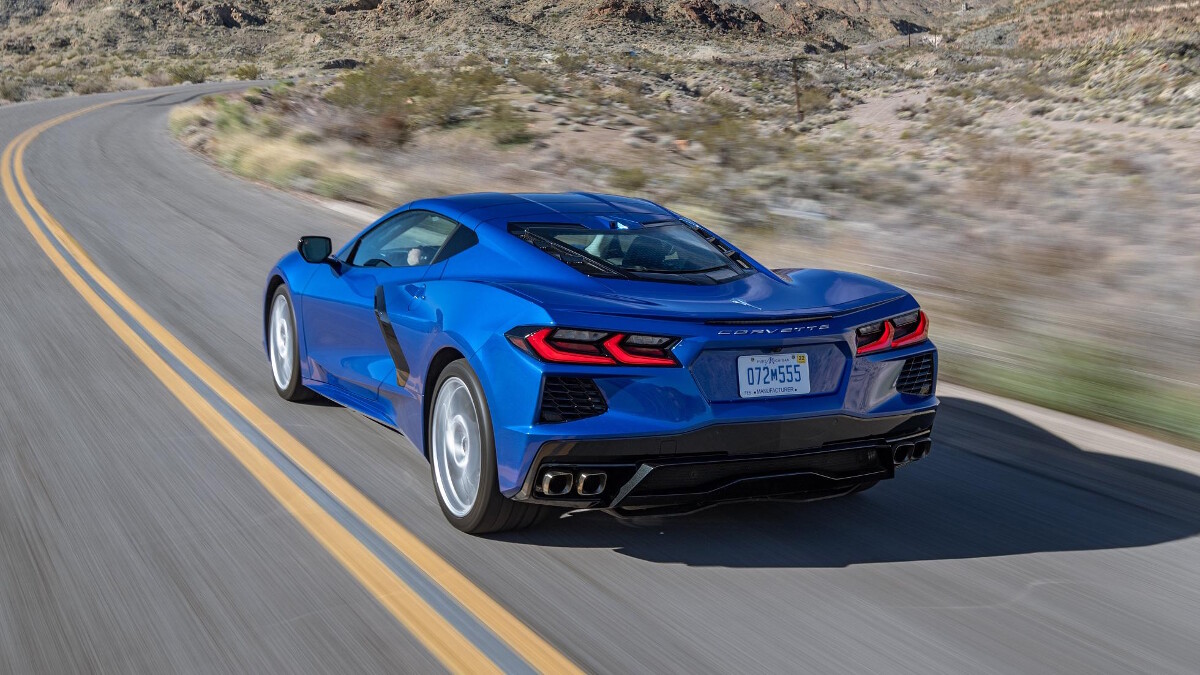
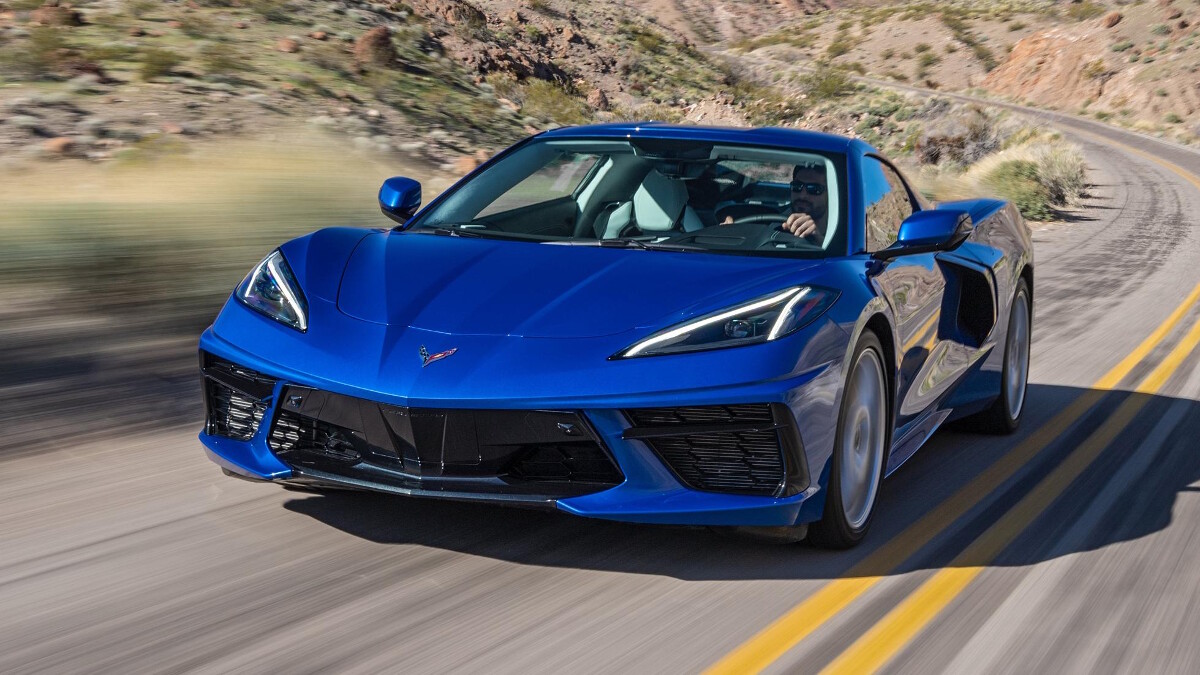
NOTE: This article first appeared on TopGear.com. Minor edits have been made.
[ArticleReco:{"articles":["35804","35791","35570","35312"], "widget":"See Also"}]
Source: Top Gear Philippines
0 comments: